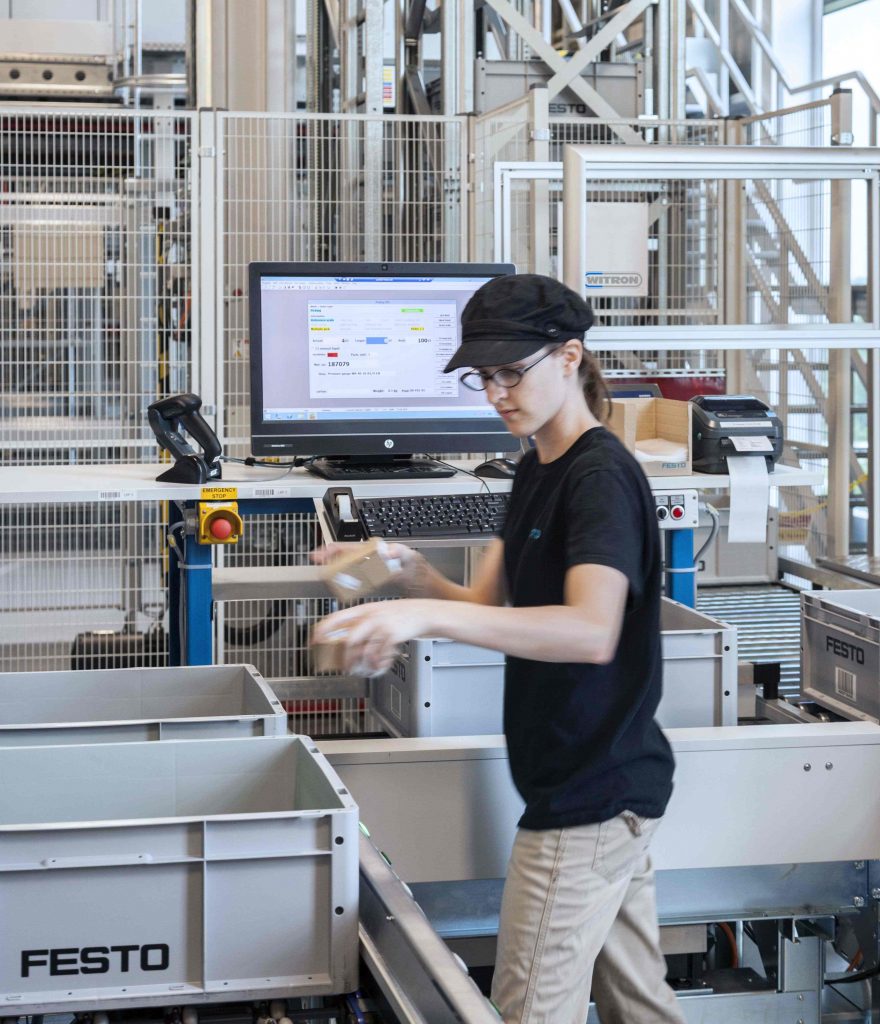WMS Specialist Predicts Top Fulfilment Trends for 2019
16th January 2019

Warehouse management solution specialist, Snapfulfil, has published its top trends to look out for in warehouse management and fulfilment for 2019. According to Snapfulfil Managing Director, Tony Dobson, demand for fast and flexible delivery options, coupled with the growth of artificial intelligence and big data will continue to drive change in the industry.
Snapfulfil’s top tips for emerging trends in 2019:
Creative delivery
Amazon has changed the online shopping game. Consumers now demand more options, faster delivery and more accurate fulfilment to deliver the ultimate customer experience.
To keep up with competitors and consumer expectations, retailers are looking for ways to accelerate delivery times while keeping costs low. Many are introducing ‘buy online, pick-up in-store’ offerings to merge traditional brick-and-mortar shopping with eCommerce.
Subscription commerce
Consumers’ increasing desire for convenience has continued to drive the subscription commerce (subcom) industry’s growth. In 2018, one-third of subcom offerings believed their business would double within a year. However, it’s important for retailers to fully understand the fulfilment challenges of subcom before jumping in.
Robots and artificial intelligence
According to a study by Allied Market Research, the market for warehouse robots is expected to achieve a nearly 12 percent compound annual growth rate from 2016 to 2023.
This massive digital shift will mean a new age of fulfilment – one rooted in efficiency. As workers grow more comfortable with advanced warehouse solutions, it’s becoming clear automated processes and robotics are transforming the role of the warehouse worker, not supplanting it.
Big data
Warehouse managers have access to vast troves of data, but that information isn’t useful if it’s inaccessible. Deeper visibility into inventory and warehouse processes can help optimise fulfilment operations and subsequently contribute to the bottom line. Businesses must learn how to use a warehouse management system to interpret customer and process data, as well as make insightful decisions.

